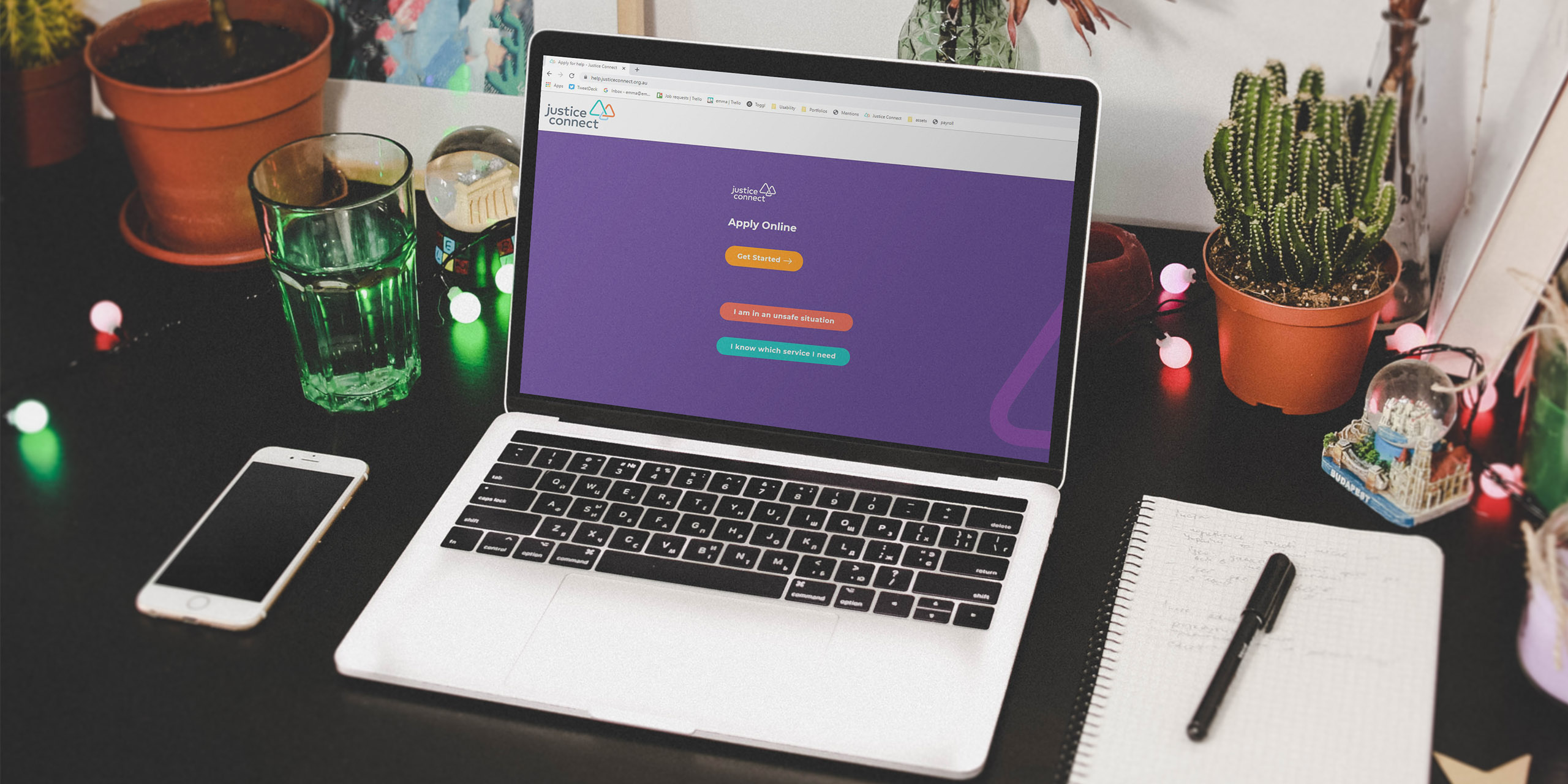Over 3 years, our Gateway Project has involved deep user research with 6 user groups (help-seekers, solicitors, barristers, community lawyers, referrers, staff) and careful human-centred design.
Each year, as 8.5 million Australians experience legal problems, half won’t have access to legal assistance.
Justice Connect links people and not-for-profits who need help to our specialist legal services and pro bono referral network of over 10,000 lawyers.
The Gateway Project delivers a human-centred design-driven overhaul of Justice Connect services, processes and systems. It has resulted in a world-first, end-to-end access to justice solution that is significantly improving service accessibility, unlocking latent pro bono capacity and increasing the reach and impact of Justice Connect's work.


